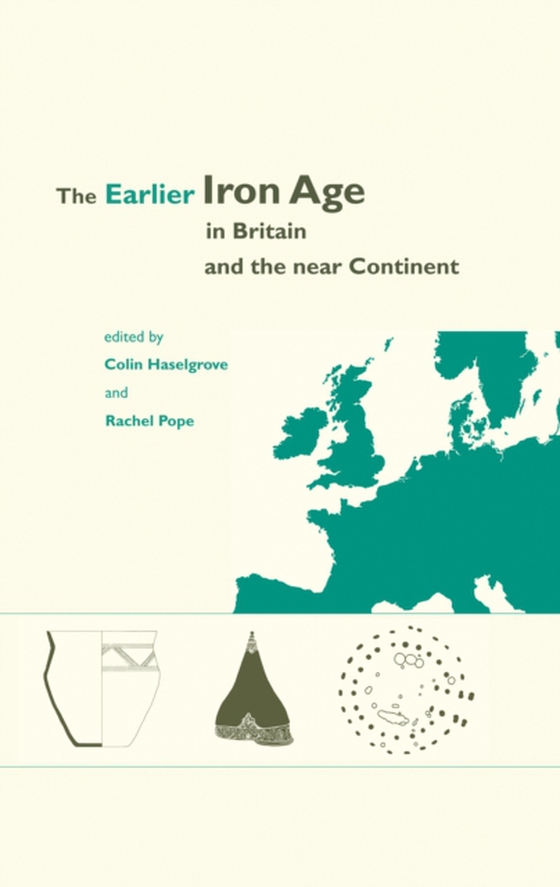
Earlier Iron Age in Britain and the Near Continent e-bog
403,64 DKK
(inkl. moms 504,55 DKK)
The Earlier Iron Age (c. 800-400 BC) has often eluded attention in British Iron Age studies. Traditionally, we have been enticed by the wealth of material from the later part of the millennium and by developments in southern England in particular, culminating in the arrival of the Romans. The result has been a chronological and geographical imbalance, with the Earlier Iron Age often characteris...
E-bog
403,64 DKK
Forlag
Oxbow Books
Udgivet
20 december 2006
Længde
416 sider
Genrer
1DBK
Sprog
English
Format
pdf
Beskyttelse
LCP
ISBN
9781782975571
The Earlier Iron Age (c. 800-400 BC) has often eluded attention in British Iron Age studies. Traditionally, we have been enticed by the wealth of material from the later part of the millennium and by developments in southern England in particular, culminating in the arrival of the Romans. The result has been a chronological and geographical imbalance, with the Earlier Iron Age often characterised more by what it lacks than what it comprises: for Bronze Age studies it lacks large quantities of bronze, whilst from the perspective of the Later Iron Age it lacks elaborate enclosure. In contrast, the same period on mainland Europe yields a wealth of burial evidence with links to Mediterranean communities and so has not suffered in quite the same way. Gradual acceptance of this problem over the past decade, along with the corpus of new discoveries produced by developer-funded archaeology, now provides us with an opportunity to create a more balanced picture of the Iron Age in Britain as a whole. The twenty-six papers in the book seek to establish what we now know (and do not know) about Earlier Iron Age communities in Britain and their neighbours on the Continent. The authors engage with a variety of current research themes, seeking to characterise the Earlier Iron Age via the topics of landscape, environment, and agriculture; material culture and everyday life; architecture, settlement, and social organisation; and with the issue of transition - looking at how communities of the Late Bronze Age transform into those of the Earlier Iron Age, and how we understand the social changes of the later first millennium BC. Geographically, the book brings together recent research from regional studies covering the full length of Britain, as well as taking us over to Ireland, across the Channel to France, and then over the North Sea to Denmark, the Low Countries, and beyond.
 Dansk
Dansk

